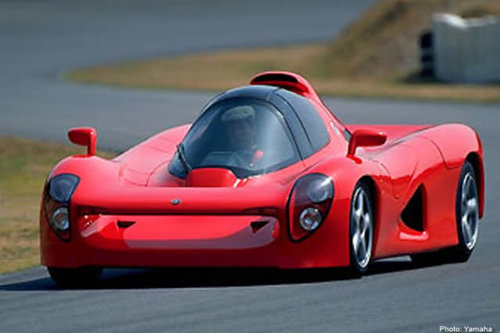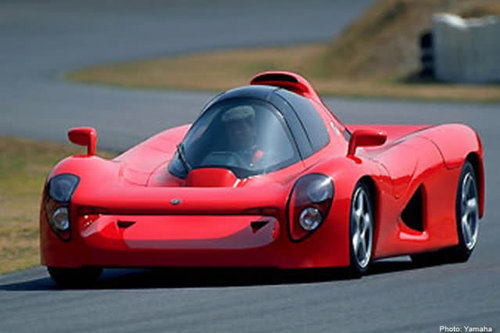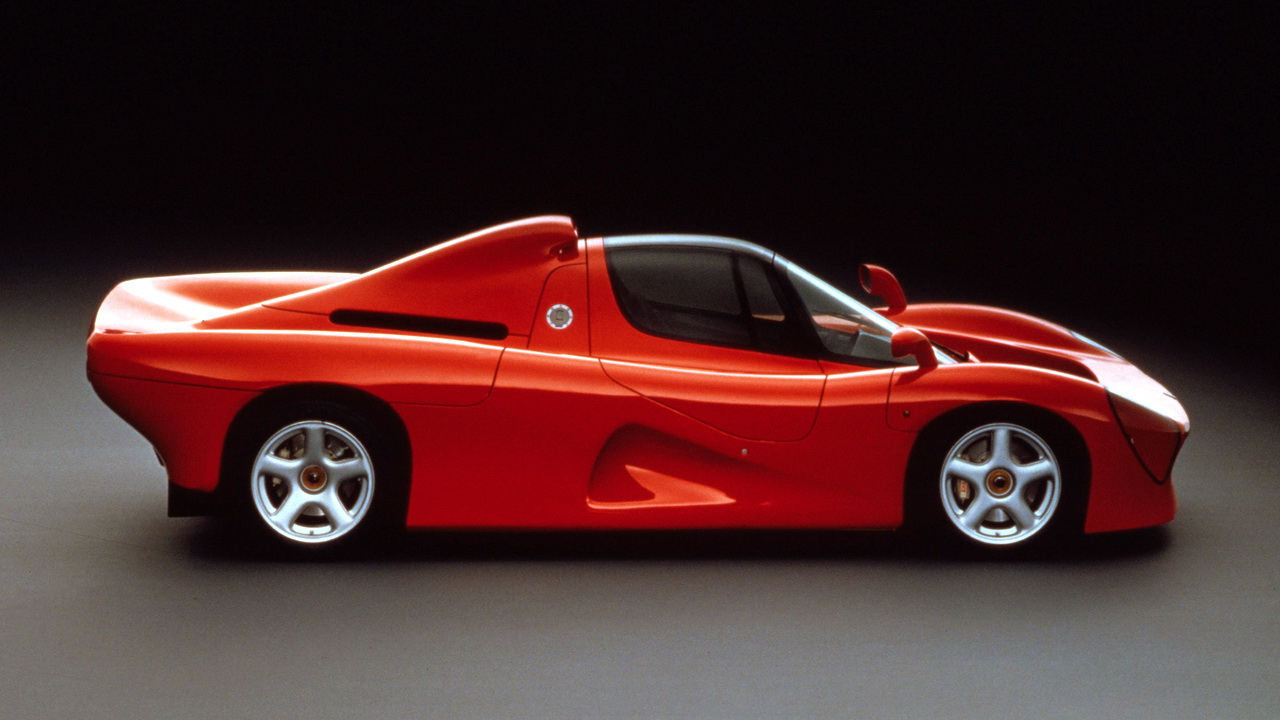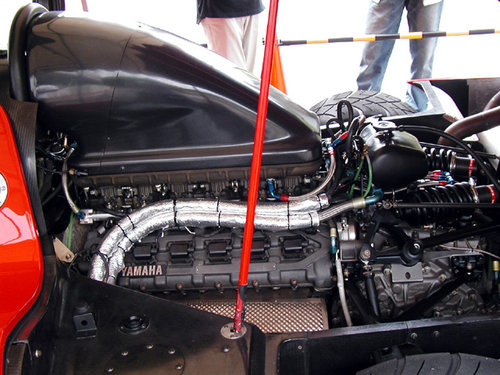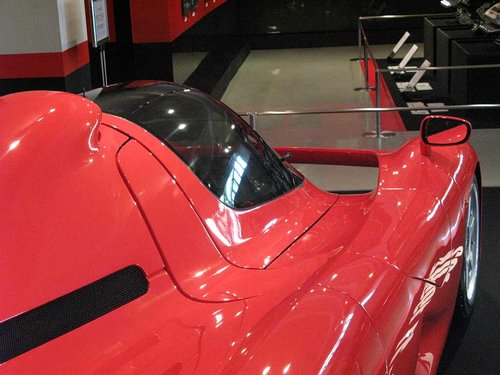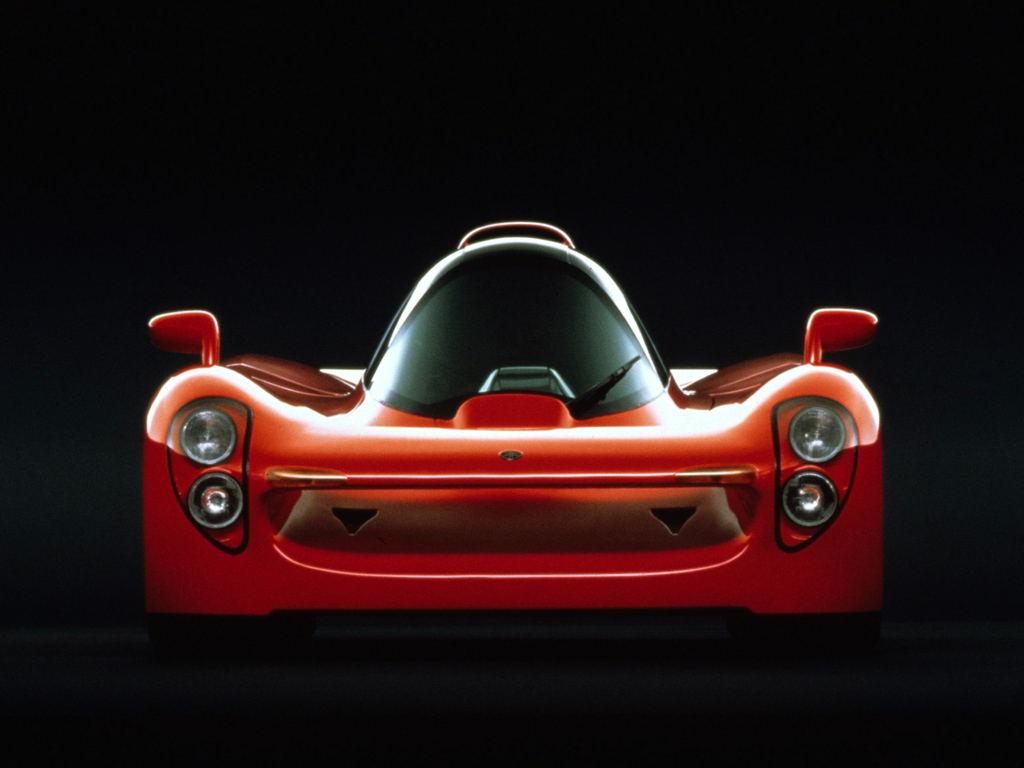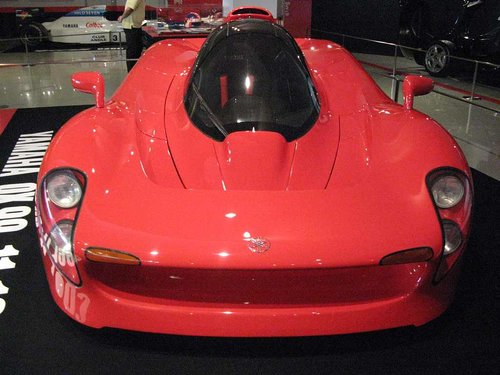Yamaha OX99-11 Concept
Yamaha began competing in Formula One in 1989, and using the experience they had gained during that time they wanted to build a price-no-object, pure supercar based on actual Formula One technology. Even though the Formula One team was doing poorly in competition, by 1991 the team had just come out with a new engine, the OX99, and approached a German company to come up with an initial version of the car.
Yamaha was not pleased with the result as it was too similar to sport cars of that time, so they contacted IAD to continue working on the project. By the beginning of 1992, just under 12 months after starting to work on the project, IAD came with an initial version of the car. The car featured a radical and somewhat outrageous design, like its cockpit-looking roof. Other notable specs were the same carbon fiber chassis and OX99 engine as the F1 car, essentially providing the closest experience of a pure racing car to the consumer market.
Commissioned by the Yamaha Sports division rather than the bike one this supercar was based around Yamaha’s V12 F1 engine that was sat in the current Brabham at the time, granted detuned to only 400bhp. An engine that had yet to produce a win! The original development had started around 1990 but unhappy with the conventional supercar design that the first design company came up with Yamaha turned to IAD on the south coast of England.
Within a year they had built this, a tandem 2 seater that had a definite F1 car look about it. Unfortunately all this carbon fibre and F1 technology came with a price tag $800,000 this just at the end of a recession. A further 2 cars were built and used as test beds and press car but the car never made it in to production. Issues were found with its handling which needed additional design development which was to be expected in supercar designed and built in 12 months, however this was taken over by Yamaha’s own company Ypsilon Technology in Milton Keynes, which was set up to both service the F1 engines and build the cars. Unfortunately 6 months later due to a perceived lack of demand the plug was pulled in 1992.
In Detail
| submitted by | Richard Owen |
| type | Concept / Prototype Car |
| built at | Japan |
| engine | V12 |
| displacement | 3498 cc / 213.5 in³ |
| power | 298.3 kw / 400.0 bhp @ 10000 rpm |
| specific output | 114.35 bhp per litre |
| bhp/weight | 347.83 bhp per tonne |
| torque | -1.0 nm / -1.0 ft lbs @ 10000 rpm |
| driven wheels | Mid Engine / RWD |
| front tires | 245/40 ZR 17 |
| rear tires | 315/35 ZR 17 |
| front brakes | Vented Discs |
| rear brakes | Vented Discs |
| steering | Rack & Pinion |
| curb weight | 1150 kg / 2535 lbs |
| wheelbase | 6250 mm / 246.1 in |
| front track | 1615 mm / 63.6 in |
| rear track | 1633 mm / 64.3 in |
| length | 4400 mm / 173.2 in |
| width | 2000 mm / 78.7 in |
| height | 1220 mm / 48.0 in |
| transmission | 6-Speed Manual |
| top speed | ~350 kph / 217.5 mph |
| 0 – 60 mph | ~3.2 seconds |


